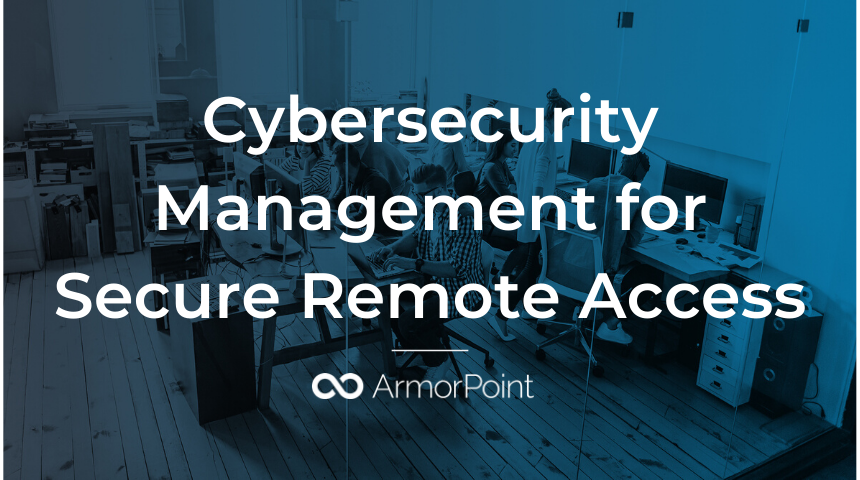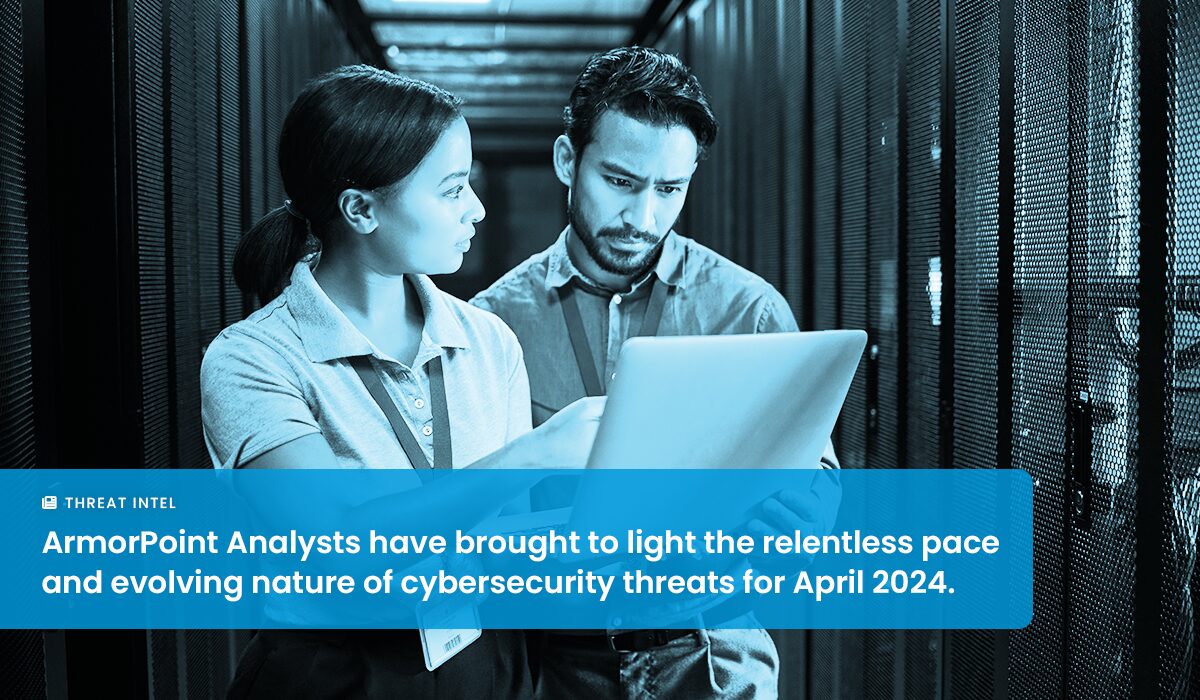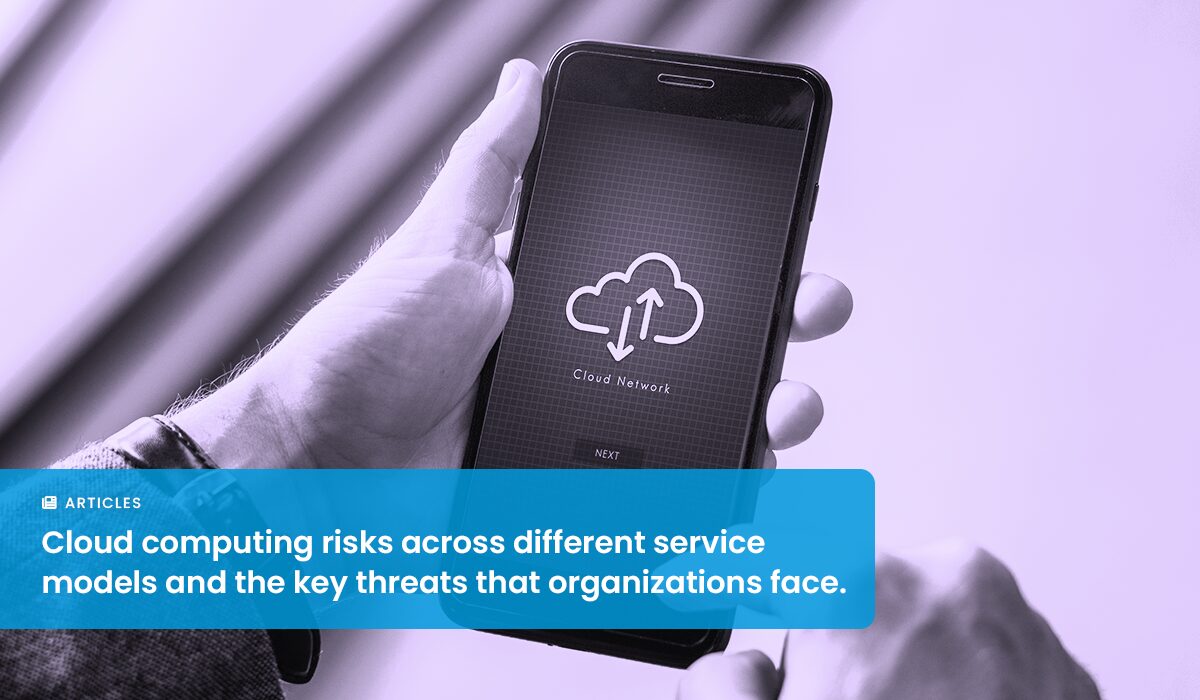The COVID-19 pandemic has pushed cybersecurity to the forefront of corporate initiatives as countless companies adapt their digital infrastructure to support remote employees with secure remote access tools. This recent shift forces companies to solve both new security challenges and respond to heightened threats from criminals that exploit employee-centric vulnerabilities.
As social distancing has closed office doors, millions of employees are adapting to remote work for the first time. This raises unprecedented concerns about data security, backup and recovery, and detection, as well as insecurities around remote employee behavior. As Forrester describes, “Now’s the time to revisit your remote technology strategy to maximize productivity during the disruption, focusing on connectivity, collaboration, information access, and security.”
In this article, we identify the four most noteworthy security issues to arise from the COVID-19 pandemic. We’ll also discuss best practices for mitigating these vulnerabilities. Finally, we’ll highlight opportunities for senior-level IT professionals to fortify their internal IT resources against future widespread disruptions.
A Cybersecurity Remote Work Threat Assessment
Even as companies take important steps for operational continuity, they are creating ideal conditions for cybercriminal behavior. “Business leaders now say their cybersecurity risks are also increasing, with cyberattacks and data theft among the top 10 risks CEOs are most likely to face in the short term and in the long term,” according to an April 2020 World Economic Forum report.
Among the most notable new risks is a rise in phishing emails and similar scams—many of which are COVID-19 themed—that prey on vulnerable remote users. Malicious software from end users who fall victim can enter and disrupt entire networks.
Educating employees is paramount in this regard. But security leaders must do more to secure remote access, beyond traditional security measures, as well. As one Gartner analyst describes, “We consider a pandemic to be an operational risk that must be managed at the highest levels of the organization because it cuts across every department and location in which the organization operates.”
Four Ways You Can Secure Remote Access
Fortunately, security leaders can seamlessly transition to a more robust security infrastructure—one that supports remote access security in a pandemic and post-pandemic environment. Here we highlight four key problem areas that have arisen during the global COVID-19 episode and their long-term solutions for security leaders.
1. Prevent Vulnerabilities from Weak Employee Passwords
Remote work has exacerbated a crisis in vulnerability around employee credentials. Employee credentials are already at the root of over 80% of all breaches, The World Economic Forum reports. Employees’ remote business use increases their exposure to password theft.
Security leaders can secure all business accounts using dual-factor identification processes. Auto-generating encrypted passwords on a more frequent basis can boost credential security as well. Leading security management solutions can intelligently detect stolen credentials or deviations from baseline user behavior in real-time as well.
2. Adopt Off-Premise Backup and Recovery Systems
Companies should always take proactive steps in backing up mission-critical data. But companies that rely on local data storage or private networks may be at increased risk as they attempt to secure remote access for employees.
Ensure you have a dedicated solution to backing up your data in real-time, preferably on non-local servers. Prepare a plan for wiping out or locking out systems for laid-off or furloughed employees as well. Put your plan in place early, even if you don’t expect substantial layoffs or furloughs at this time.
3. Align Security Teams Behind Real-Time Threat Detection Tools
Countless companies already lack trained security staff and skills when it comes to threat intelligence and detection. Now, “strained security staffs may struggle to detect malicious activities, as the behavioral baselines used by many of their monitoring tools are thrown off by new patterns of work brought on by remote working and irregular work times,” Forrester reports.
Security teams need rapid threat detection and remediation tools that identify and mitigate network threats as they happen in real-time. But as the likelihood of future threats and disruptions grows, security leaders must adopt a long-term outlook to their security infrastructure. That means continuous threat prevention methods now that make sense under future, nuanced conditions.
4. Protect the Transfer and Storage of Business-Critical Data
Your employees must continue handling customer, partner, and other business-critical data, even in remote settings. But just as your company has become more vulnerable, so have your partners and customers. This adds substantial risk to your business and your brand—a data breach would be negligence during a time of crisis.
Security leaders can mitigate these risks with a more holistic view of business security and availability. Intelligent security solutions unify analytics traditionally monitored in separate silos for faster detection of data breaches, even among a decentralized workforce.
Take a Holistic Approach to Secure Remote Access Solutions with ArmorPoint
Experts anticipate the global recovery from COVID-19 will take months. But even after a recovery, “businesses should expect regional disease outbreaks, epidemics, and true pandemics to become the norm,” says Forrester. ArmorPoint offers an end-to-end intelligent security solution that helps organizations achieve secure remote access. Flexible and comprehensive, our solution spans the management spectrum from unmanaged platform to fully managed detection and response.
IT leaders can use our pricing calculator to estimate your monthly costs for managed security services through ArmorPoint. Contact us today to learn how scaling your security capabilities with ArmorPoint puts you on the path towards long-term cybersecurity management success.








